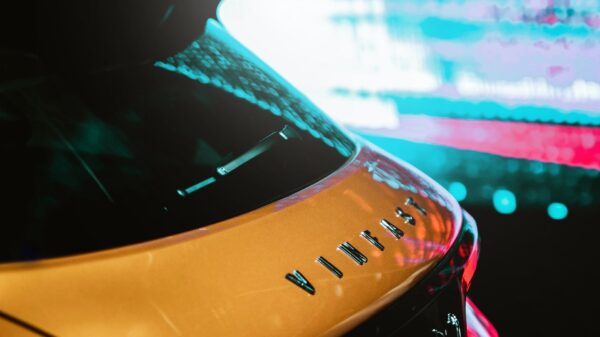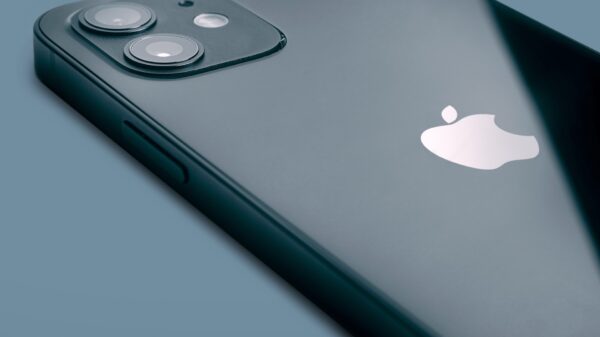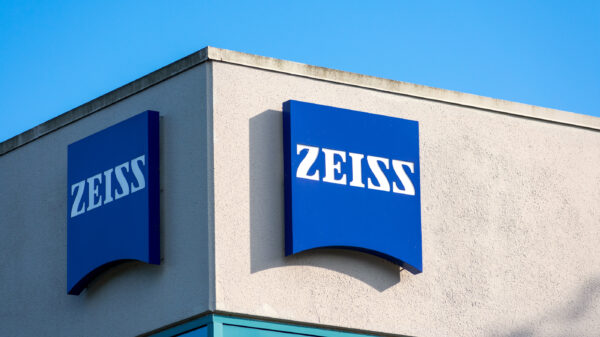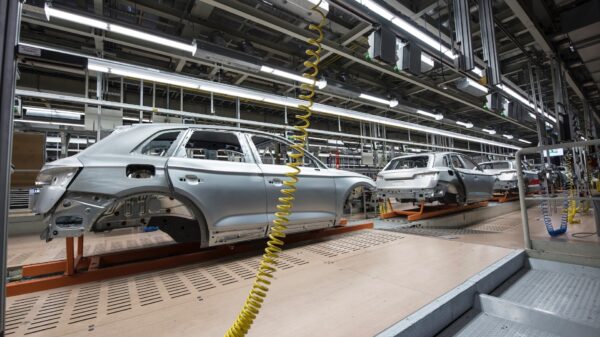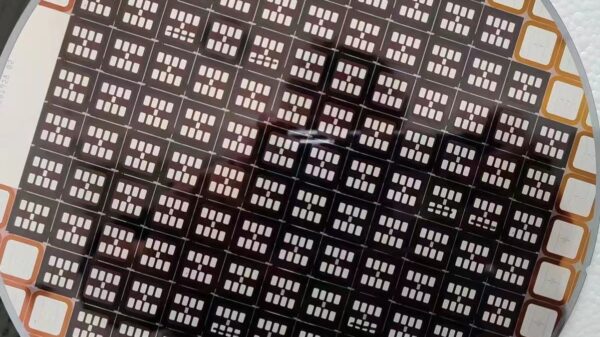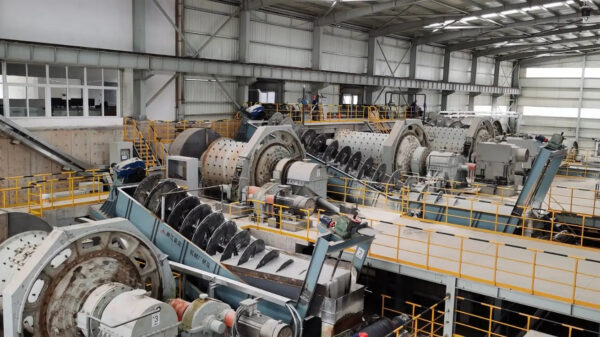The rapid ascent of electric vehicles has significantly expanded the global battery market, necessitating innovations in battery form factors to meet diverse automotive needs. The battery market continues to be dominated by prismatic types, which currently account for more than half of total sales. However, trends are shifting notably towards cylindrical solutions, particularly following Tesla's pioneering adoption of its new 4680 battery model in 2022.
Prismatic batteries remain the market leader with half of a market share in 2023. Pouch batteries hold a steady appeal due to their lightweight and high energy density, making up around 1/3 of. . .



